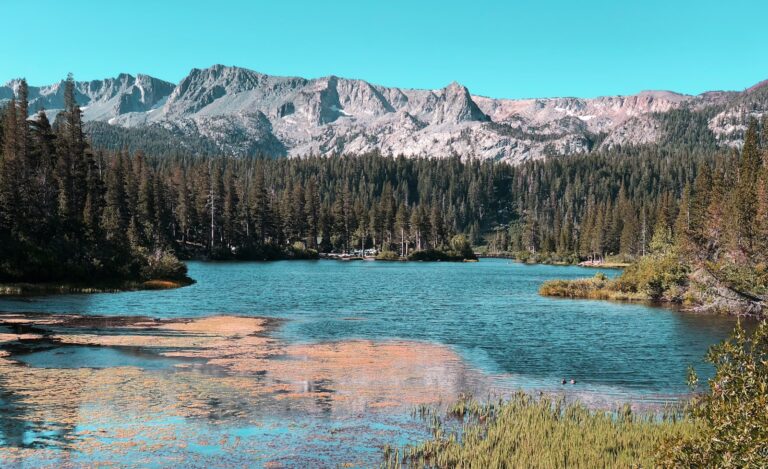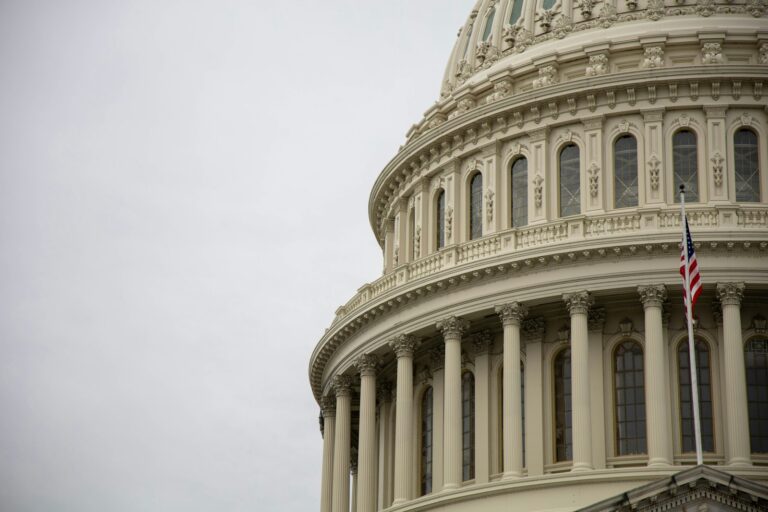Takeaways:
- California insurers have paid out over $4.2 billion in claims for the Eaton and Palisades wildfires.
- More than 31,210 claims have been filed, according to the California Department of Insurance (CDI).
- Insurers are actively supporting residents with disaster recovery and rebuilding efforts.
- The Palisades and Eaton wildfires are nearly fully contained, but recovery is ongoing.
- Insured losses could reach up to $45 billion, making this one of California’s costliest wildfire events.
Insurance Claims Surge as Recovery Efforts Continue
The California Department of Insurance (CDI) has reported that insurance companies have paid out more than $4.2 billion in claims for damages caused by the Eaton and Palisades wildfires. This data includes payments from admitted carriers, the California FAIR Plan, and surplus lines insurers.
Insurers Provide Critical Support for Affected Residents
Denni Ritter, vice president of state government relations at the American Property Casualty Insurance Association (APCIA), highlighted the extensive efforts insurers are making to assist wildfire victims.
“From the onset of the wildfires, insurers have been on the frontlines assisting customers with disaster recovery—proactively reaching out to impacted customers, setting up help centers, and deploying catastrophe teams to help residents get claims started and secure emergency housing, food, clothing, and other essential resources,” Ritter said.
As of January 27, 2025, more than 31,210 claims have been filed related to the Eaton and Palisades wildfires.
The Long Road to Recovery
Ritter emphasized that while the claims payments are substantial, full recovery will take time.
“This is just a start. We understand the road to recovery will be long, and insurers will work alongside residents and businesses every step of the way to help Southern Californians rebuild,” she stated.
Wildfire Containment and Estimated Losses
According to a recent report from Moody’s, the Palisades and Eaton wildfires in Los Angeles are nearly fully contained as of January 28, 2025, per the California Department of Forestry and Fire Protection (Cal Fire).
The fires have caused significant loss of life, widespread property damage, and large-scale evacuations. Risk modelers estimate insured losses to be between $20 billion and $45 billion, with a significant portion attributed to homeowners’ coverage.
If estimates hold, the insured losses from the Eaton and Palisades wildfires could be the highest in California’s history.
What’s Next for Homeowners and Businesses?
As rebuilding efforts continue, insurers remain engaged in supporting affected policyholders. The CDI encourages homeowners and business owners to file claims promptly and stay informed about available resources.
For those impacted, it’s crucial to document all damages, work closely with insurers, and explore state and federal aid programs to help facilitate recovery.









